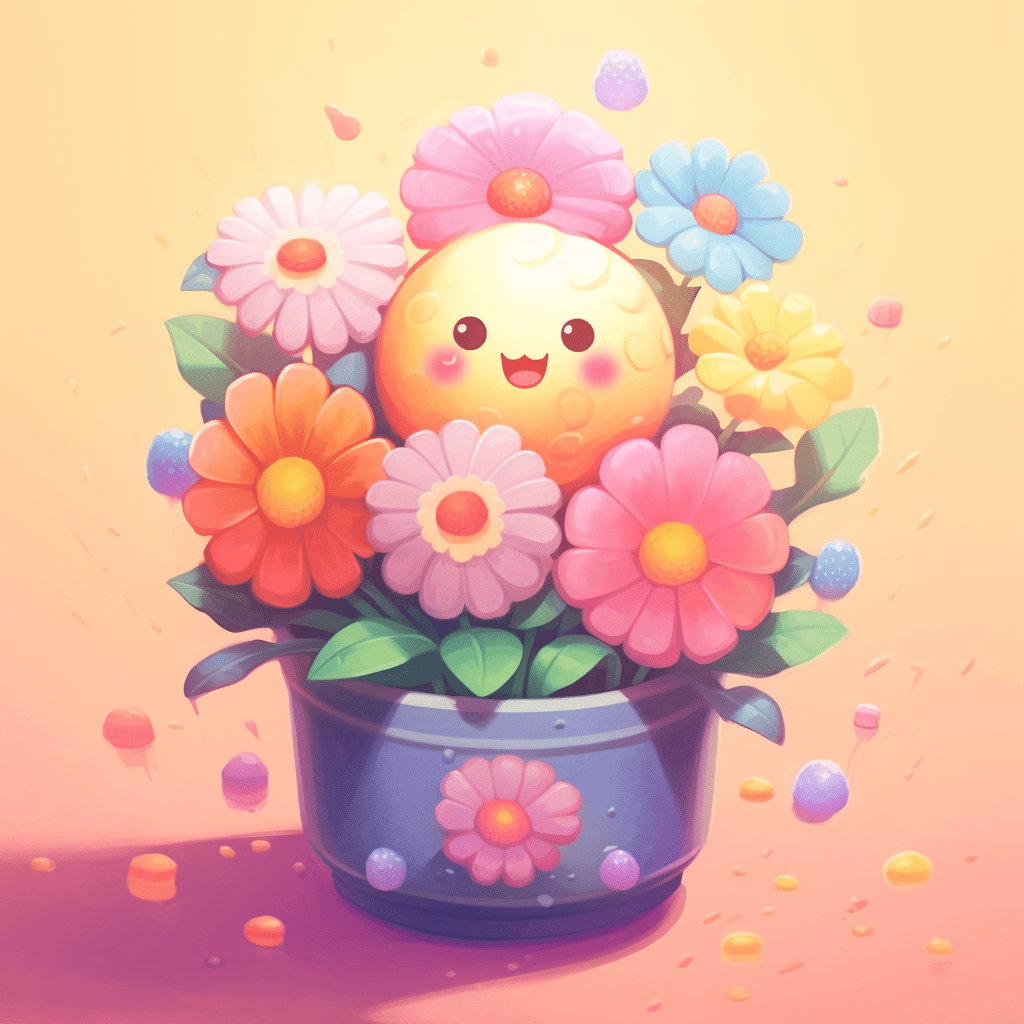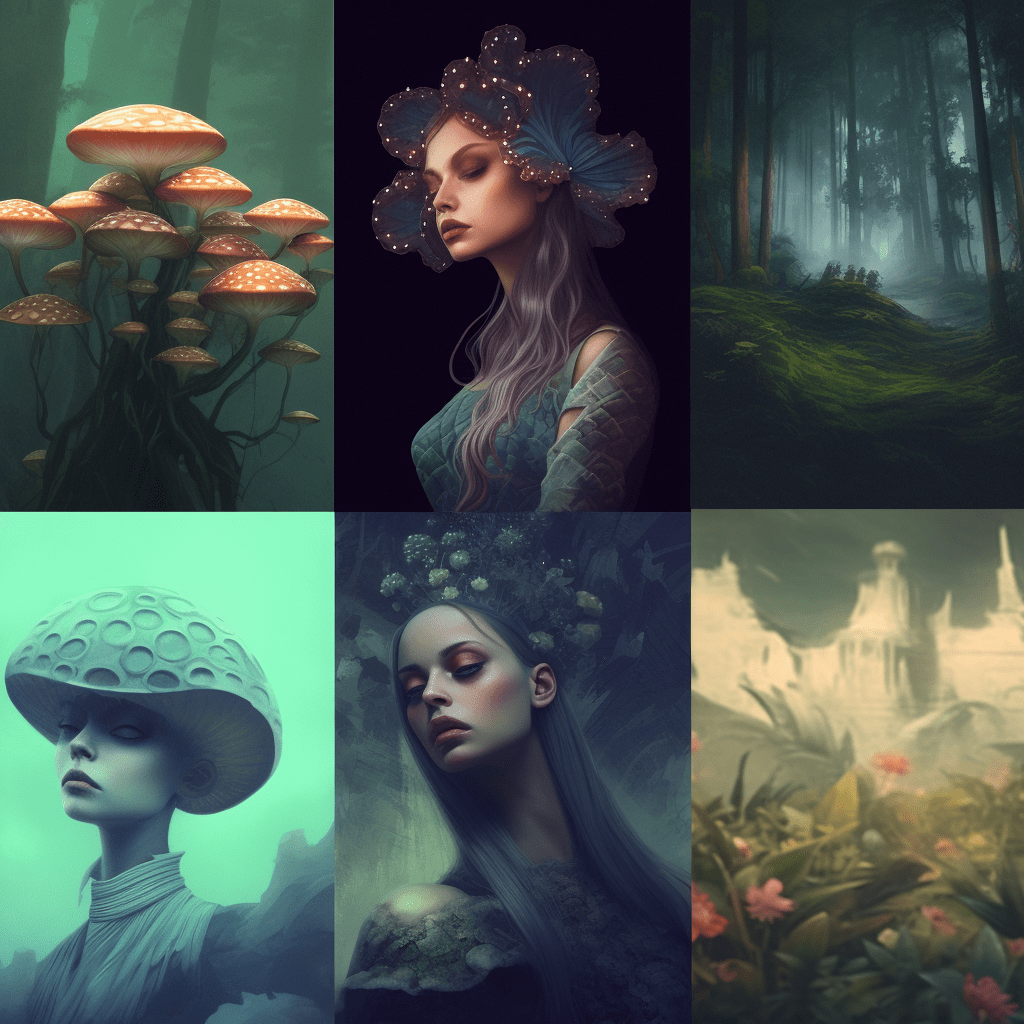
With the increasing popularity of non-fungible tokens (NFTs) as a means for artists to monetize and showcase their digital creations, understanding the costs involved in creating NFT art can provide valuable context for both creators and collectors in this market. This guide will delve into the various factors that can impact how much it costs to make NFT art, from the artistic process to minting and listing your artwork on NFT marketplaces.
Creating the Digital Artwork
The first step in creating NFT art is producing the actual digital artwork, which can involve several costs depending on the artist’s expertise and the tools used:
- Art software and tools: Professional software, such as Adobe Photoshop, Illustrator, or Procreate, often requires a subscription or one-time purchase. Free alternatives, such as GIMP, Krita, or Inkscape, can reduce costs for beginners or artists on a budget.
- Hardware: Digital artists may need to invest in suitable hardware, including a computer, drawing tablet, or pen display, which can vary in price depending on the model and specifications.
- Training and courses: While not every artist requires formal training, some may choose to invest in education resources or courses to polish their skills and gain expertise in specific styles and techniques.
Minting Your NFT Art

Minting your NFT refers to the process of creating a unique token on the blockchain representing your digital artwork. The main cost associated with minting NFTs is the blockchain network’s transaction fees or “gas fees”:
- Ethereum: As one of the most popular platforms for NFTs, Ethereum has higher transaction fees due to network congestion. Gas fees can range from a few dollars to over a hundred dollars during peak times.
- Binance Smart Chain: Offering lower transaction fees than Ethereum, Binance Smart Chain provides a more cost-effective option for minting NFTs. However, it has a smaller ecosystem and fewer NFT marketplaces.
- Solana: As an alternative to Ethereum and Binance Smart Chain, Solana is known for its high throughput and low fees, making it an increasingly attractive option for artists minting NFTs.
Listing and Selling Your NFT Art
Listing your artwork on an NFT marketplace typically incurs fees that can impact the overall cost of creating and selling NFT art:
- Marketplace fees: Most NFT marketplaces charge a percentage fee on transactions, such as sales or primary minting. These fees can range from 2.5% to 10%, depending on the platform.
- Promotional costs: To increase the visibility of your NFT art, some marketplaces may offer promotional opportunities at an additional cost, such as featuring your artwork on the platform’s homepage or through social media marketing campaigns.
- Networking and marketing: Networking with other artists or potential collectors and marketing your work through social media platforms or paid advertising can further add to the overall cost of creating and selling NFT art.
It’s crucial to consider these factors when deciding how much to invest in creating and selling NFT art. Budgeting accordingly helps ensure that you not only cover the costs of producing and minting your artwork, but also of showcasing it in the NFT marketplace to attract potential buyers.
Collaborations and Partnerships
Partnering with other artists or influencers in the NFT space can help elevate your artwork’s reach and value but may also incur additional costs:
- Commission fees: Collaborating on an NFT project with other artists may require the payment of commission fees, depending on the artists’ own pricing structures and the scope of their contribution.
- Influencer marketing: Partnering with influencers for marketing and promotion may also involve payment or revenue sharing agreements, where influencers receive a percentage of sales in exchange for their promotional efforts.
Secondary Sales and Royalties

Artists can continue to earn from their NFT art even after the initial sale, through royalties collected from secondary sales:
- Royalty fees: Most NFT marketplaces offer a royalty feature, allowing artists to receive a percentage (usually between 5% and 10%) of all secondary sales of their NFT art.
- Long-term value: Although royalties don’t directly contribute to the initial costs of creating NFT art, they provide an additional revenue stream that can offset or even surpass the upfront expenses, the more popular the artwork becomes.
Conclusion: Budgeting for Your NFT Art Journey
The costs associated with creating and selling NFT art can vary greatly depending on the artist’s background, chosen blockchain platform, marketplace fees, and marketing efforts. By accounting for these factors and carefully planning your budget, you can set yourself up for success and profitability. As you embark on your NFT art journey, allocate your resources wisely, engage with the NFT community, and keep an eye on market trends to fully capitalize on the exciting potential of NFTs in the art world.
